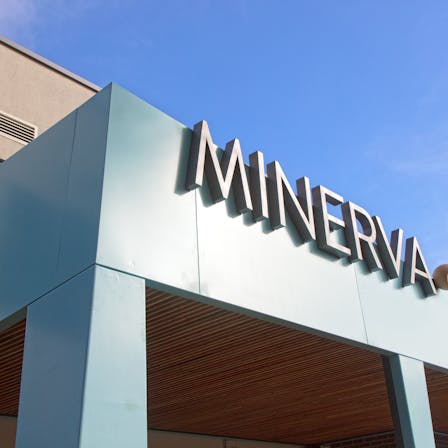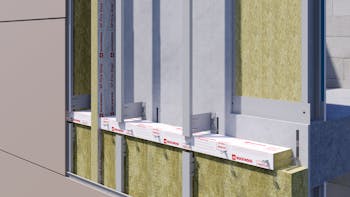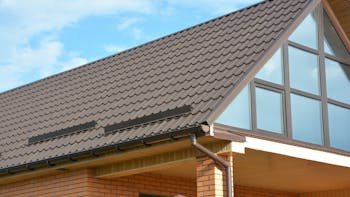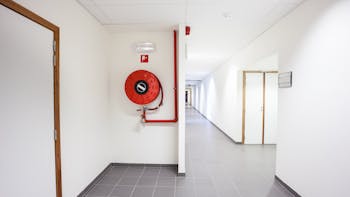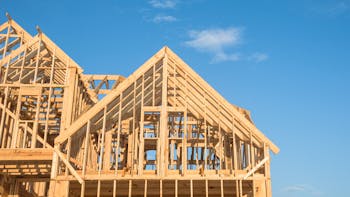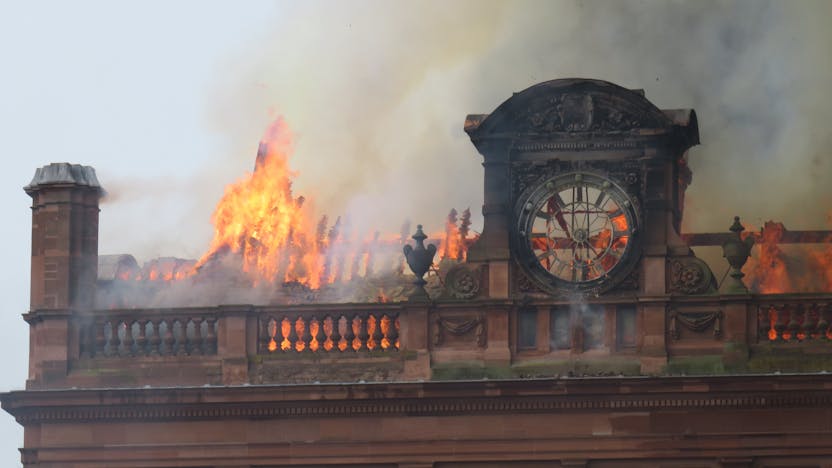Protecting the lives of buildings’ occupants is the number one priority during a construction or renovation. Fire resilient insulation, made from non-combustible materials, slows down the spread of fire, containing it within one compartment of a building for designed fire periods.
This allows valuable time for occupants to escape during a fire, creating a safer environment for firefighters to combat the fire and rescue people. It also helps to contain a fire and reduce potential widespread damage to the building.
All buildings should be designed and constructed to fully meet the requirements of UK building regulations.
ROCKWOOL non-combustible insulation:
- Does not produce any significant toxic gases or smoke
- Limits fire spread
- Protects against heat generated in a fire
- Does not contribute to the development of fire




